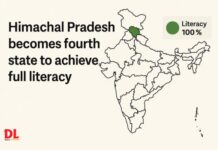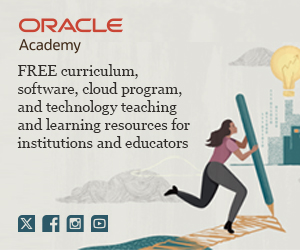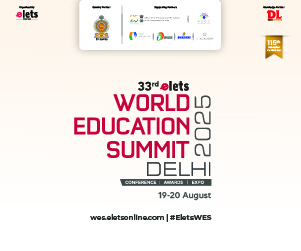You pass high school with difficulty, emerge with hopes of getting into a dream college and land that big job right after. But, you soon realise that becoming a graduate is not enough and a new journey lies ahead – higher education. With this in mind The Times of India has come out with an exclusive publication, Higher Education: A Guide to Opportunities in India and Abroad, which was formally launched on Friday at the Oxford Bookstore, Delhi.
Amit Mitra, secretary general of the Federation of Indian Chambers of Commerce and Industry (FICCI), was the special guest at the book launch. Other guests, from both industry and academia, also graced the occasion. Commenting on the state of higher education in India, Mitra said, 'The need of the hour is a revolution in terms of the number of universities, the structure of evaluating, teaching and research and the induction of critical thinking skills.' The book contains exclusive write-ups by leaders in both academia and industry on emerging trends in different disciplines. Also, an exhaustive range of programmes both in India and abroad, first-hand student experiences, live projects from research scholars, funding options, and much more, to help aspirants make an informed decision.



















